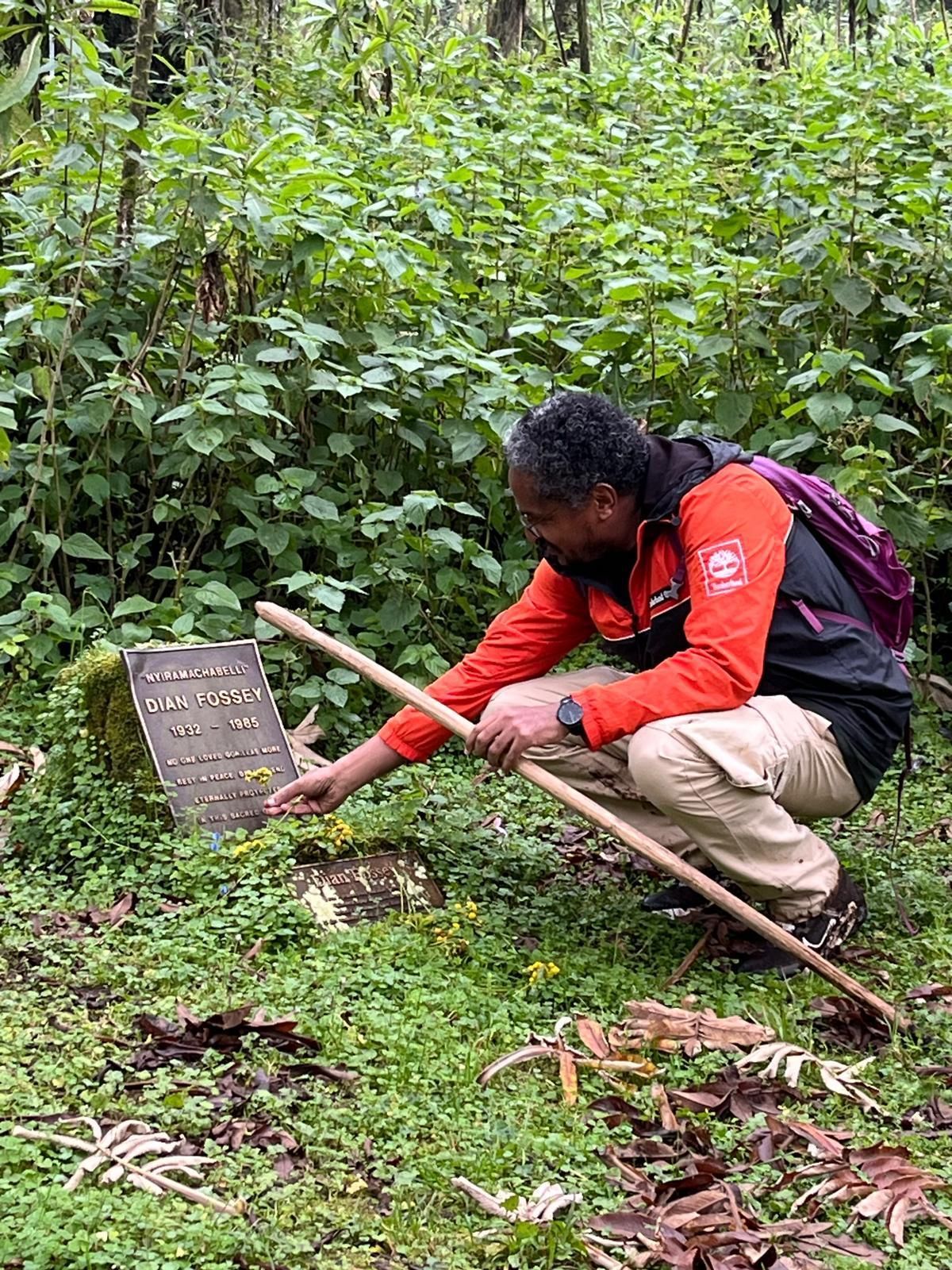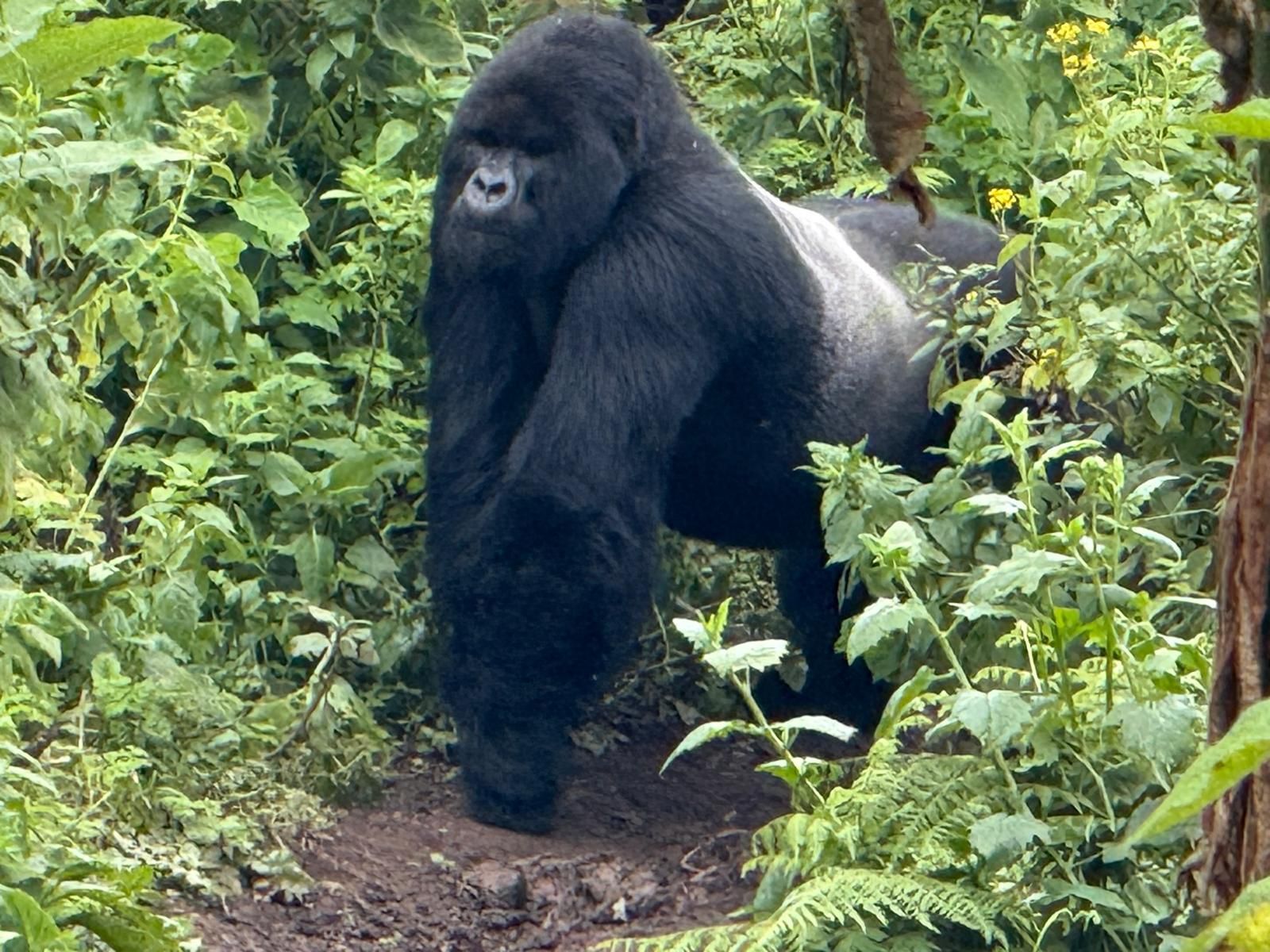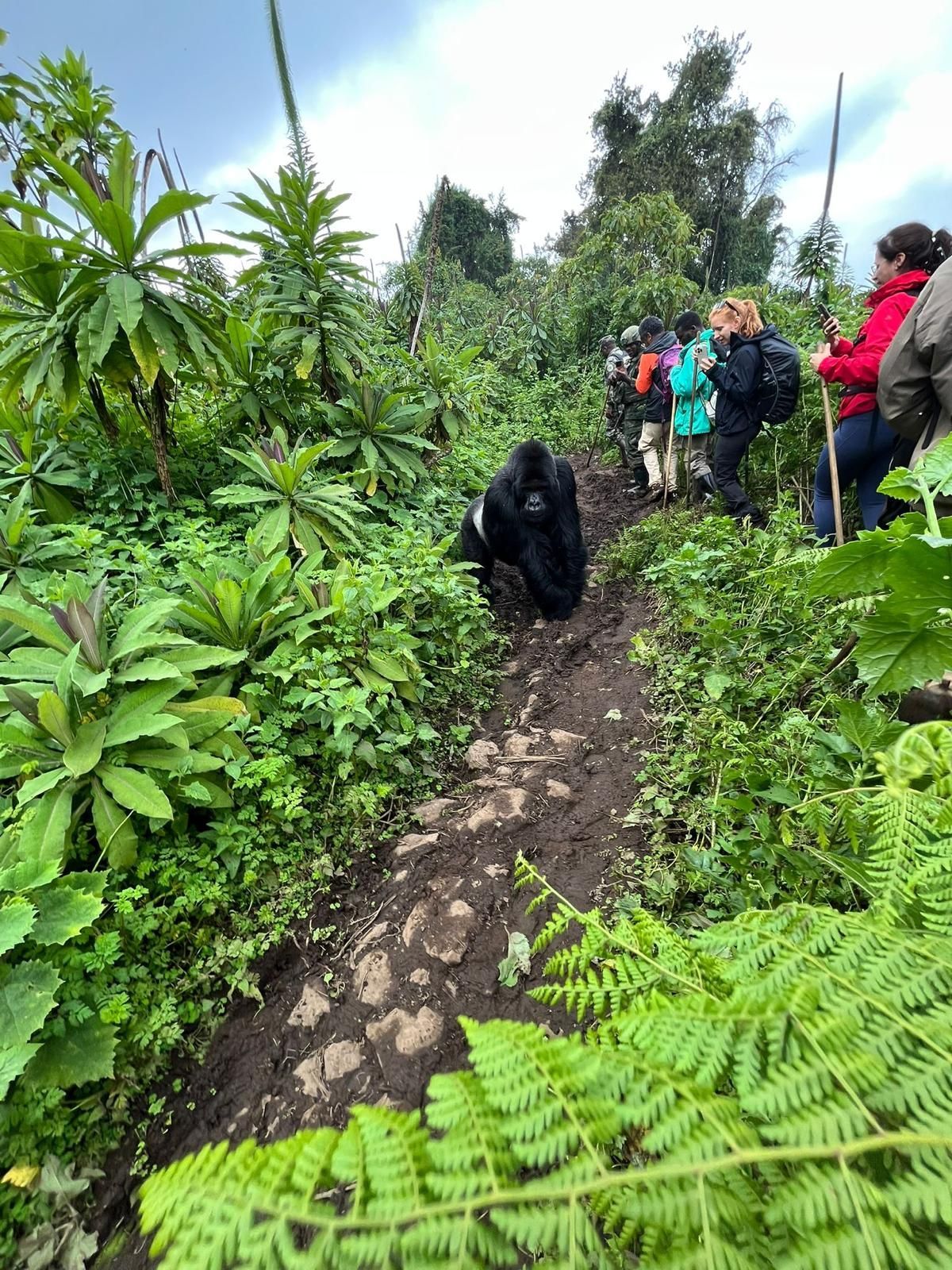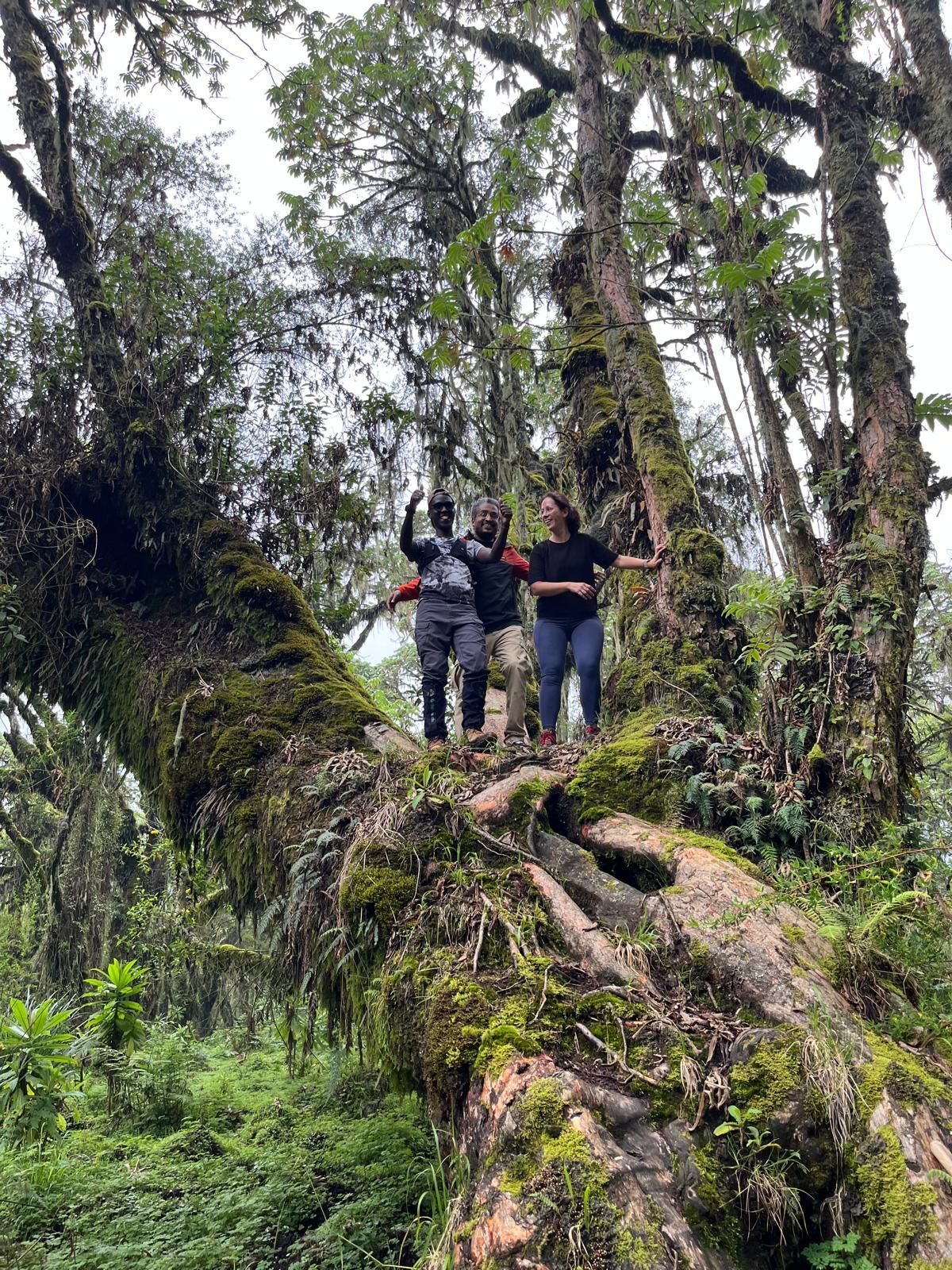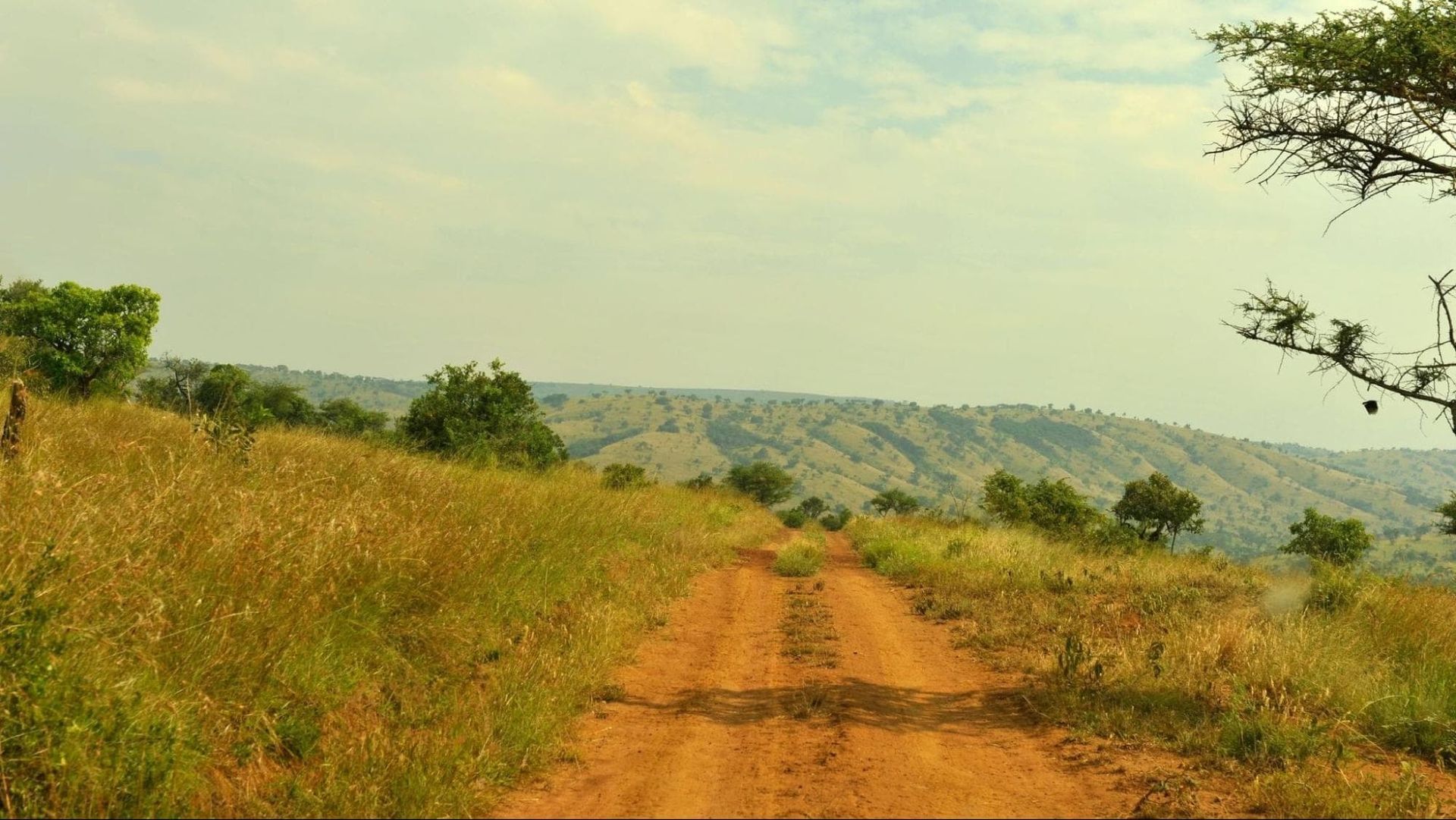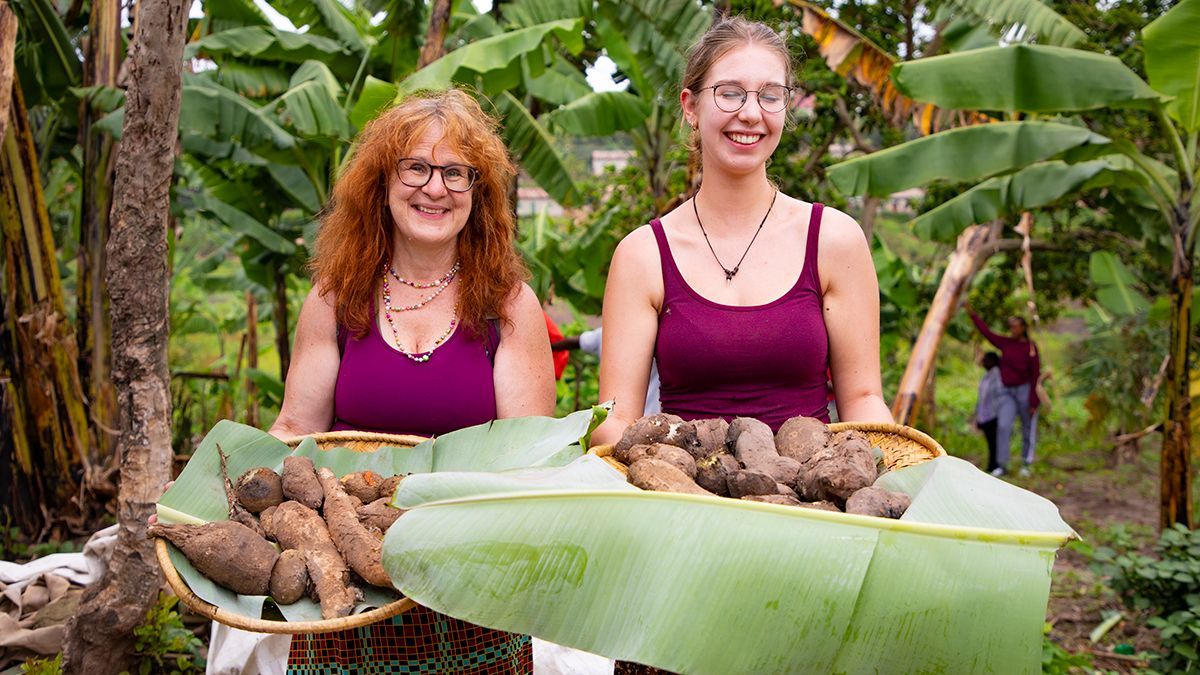The Volcanoes National Park Transport Guide No One Shares
The vehicle requirements, motorbike reality, and gorilla sighting truth that budget travelers desperately need
You've paid $1,500 for your gorilla trekking permit and just discovered the park headquarters is an hour's drive from where the gorillas actually are.
Or you've planned your volcano hike down to the last detail - took public transport from Kigali to Musanze, found budget accommodation, and figured you'll just catch a motorbike to the park in the morning.
Or maybe you rented a small SUV, confident it'll handle the "short drive" to the trailhead.
Or you read that review online from a hiker who successfully used a motorbike and is telling everyone not to get ripped off - so you're planning to do exactly the same.
Then you arrive at the RDB park headquarters in Kinigi. The headquarters isn't where the hiking actually begins. The trailheads are 40 minutes to 1 hour 15 minutes away - over volcanic rock roads that range from manageable to absolutely brutal.
Suddenly you're scrambling. Will your vehicle make it? Can you take a motorbike? (Spoiler: maybe, but there's a critical catch no one mentions.) Which trails need what kind of vehicle?
This is the Volcanoes National Park information gap - and it's nowhere online. Tour operators, transport providers, and even hotels in Musanze don't volunteer this information because confusion keeps you dependent on their expensive services.
Here's the complete truth about Volcanoes National Park logistics, vehicle requirements for each trail, the motorbike reality (and when it actually works), and what you need to know before you arrive at Kinigi.
The Distance Problem No One Tells You About
Most people planning a Volcanoes National Park hike assume you only need to be fit - after all, you're using your legs, right? The information about transport logistics simply isn't clearly available anywhere.
When you do find information, it's usually from tour operators trying to sell you their services - which can be prohibitively expensive for budget travelers.
So you turn to Google. You search for how to buy tickets for your activity. That part is actually straightforward now - the official Visit Rwanda Platform lets you book permits directly, whether you're a tour operator or independent traveler.
But here's what the Visit Rwanda Platform doesn't tell you: anything beyond booking, prices, and their disclaimer.
You've purchased your hiking or gorilla trekking permit. Everything seems set. Now you're thinking about how to get to Volcanoes National Park in the northern part of the country.
Shouldn't be a problem at all, right?
Wrong. This is where all your problems begin.
The reality: RDB park headquarters in Kinigi is NOT where your hike or trek begins. The actual trailheads are:
- Closest trail: 40 minutes drive from park HQ
- Furthest trail: 1 hour 15 minutes drive from park HQ
And these aren't smooth paved roads. Parts of these routes are volcanic rock with no proper road surface at all - especially the sections closer to the trailheads.
Without the information we're about to provide, you might end up paying more trying to solve this last-minute than if you'd just booked everything with the tour operator you were trying to avoid in the first place.
The Musanze to Kinigi Reality
So you figure you'll spend a night in Musanze, wake up early, and either walk, catch a motorbike, or grab a taxi to the park to begin your hike.
If you're lucky enough to have checked a map, you realize Musanze town - where most budget and mid-range hotels and Airbnbs are located - isn't actually close to Kinigi. It's a 30-minute drive.
The only lodges around the park in Kinigi are luxury properties. Even the bare-bones, non-luxurious ones charge an arm and a leg.
So now you know: there's an added transport cost from Musanze to Kinigi where the park headquarters is located.
Problem solved, right?
Not so fast.
You've only gotten yourself to the park headquarters. Remember: the trailheads are another 40 minutes to 1 hour 15 minutes beyond that, over roads that get progressively rougher as you approach the mountains.
Your Transport Options (And What They'll Actually Cost)
So what options do you have?
If you're lucky enough to have figured this out while still at your hotel in Musanze, arranging transport will cost around $100.
If you get the rude shock at the park headquarters? That price jumps to $150 or more. You need transport immediately or you risk losing your permit entirely.
Let me explain exactly what happens when you arrive at the park headquarters, because this is where many budget travelers' plans completely fall apart.
What Actually Happens at Park HQ
Arrival times:
- Gorilla trekking: 6:00-6:30 AM
- Volcano hiking: 6:30-7:00 AM
You arrive and are welcomed with free coffee or tea. Then you enter one of the busy offices, show your permit and passport, and get assigned your guide for the day.
For Gorilla Trekking - The Critical Part
There are 8 different gorilla groups, and you can be assigned to ANY of them. Elderly people or those with clear disabilities can request closer groups.
Some groups have trailheads accessible by smaller SUVs. Others are impossible without a proper 4x4.
The problem? You don't know which group you'll be assigned until that morning.
My advice: Don't risk your $1,500 gorilla permit trying to save money on transport. Book a 4x4 vehicle from either Kigali or Musanze and avoid disappointment. There are no two ways about it.
A word of warning about requesting "easier" groups: The person in charge is known for his seriousness. If he senses you're trying to game the system by claiming you need an easier trek when you don't, he's been known to assign you the furthest group. Only request accommodation if you genuinely need it.
Insider tip (your first freebie for reading this far): There's an official form for requesting physically less demanding gorilla groups. This WhatsApp form link is typically only shared with tour operator guides, but here it is: https://whatsform.com/4XbAKE
For Volcano Hiking
Bisoke is the most popular hike. Karisimbi is the two-day trek (technically possible in one day, but that's an entire subject for another post - getting reliable information about hiking Karisimbi is harder than planning a trip to the moon).
When you check in for your volcano hike, you're assigned a guide and given your briefing. Unlike gorilla trekking where you don't know which group you'll get, with hiking you've already chosen your specific mountain when you booked your permit.
But here's what they don't tell you clearly: each volcano's trailhead is in a different location, accessed by different roads, requiring different vehicle capabilities.
The Vehicle Reality for Each Hike
Mount Karisimbi: Easily accessed with a small SUV, even a motorbike works. (Though getting detailed Karisimbi information is its own challenge - that's a future post.)
Mount Bisoke (most popular): Here's where it gets interesting. You CANNOT get to the trailhead with a small SUV driving all the way. But surprisingly, a motorbike can dodge the volcanic rocks better than even the toughest 4x4.
However - and this is important - you CAN use a small SUV and make it work: Just before the park entrance, there's a small center where you can park your car. Pay someone to watch it, and the guides allow you to use a shortcut where you walk approximately 20 minutes up to the park entrance. You'll arrive at the same time, if not earlier, than those who paid for expensive 4x4s.
This can definitely be done, and you end up saving on vehicle choice.
The Motorbike Mystery Solved
So what about those reviews you've seen online from angry hikers telling everyone you can use a motorbike and don't get cheated? Does it work?
Yes and no. Here's the catch no one explains:
When you're assigned your guide at park HQ in the morning, that guide needs to get to the trailhead somehow. Usually, they jump into one of the hikers' vehicles.
If you're the only person (or only group) hiking that mountain and you all showed up on motorbikes, there's no vehicle for the guide. That's why most information out there will tell you that you need a 4x4.
How to Know if a Motorbike Will Actually Work
Check the permit availability on the Visit Rwanda booking system:
- Bisoke: 32 permits available
- Dian Fossey hike: 16 permits
- Karisimbi: 16 permits
- Muhabura: 16 permits
When you book your permit, you can always tell if others have booked based on the number of remaining permits. You can check to see how many permits are left in the system to give you an idea of how many people will show up.
The strategy: If others have booked, you can show up with your motorbike as the guide will have another vehicle to hop into. The more permits are booked, the safer it is for you to show up on a bike.
If you're the only one who has booked (solo or as a group), you can be sure you'll need at least a small SUV.
Karisimbi is rarely fully booked, so chances are you'll need a small SUV. Let no one tell you that you need a big 4x4 for Karisimbi - that's simply not true.
Quick Recap
- Gorilla trekking: Stick to a 4x4, no exceptions. Don't risk your $1,500 permit.
- Volcano hiking: A small SUV is your best bet - it handles everything.
- Motorbikes: Only when permit numbers clearly show others have booked.
All those bad reviews for Volcanoes National Park? They stem from this transport information gap, not the activities themselves. I've helped countless budget travelers with this information over the years, and I hope it saves you from disappointment and keeps Volcanoes reviews at the 5 stars it truly deserves.
Will You See Gorillas on Your Hike?
I won't quantify the chances like some operators do to entice you into booking a hike hoping to save $1,400 on a gorilla permit.
But here's what I can tell you based on my experience and three years serving as Rwanda's Tourism Destination Manager:
The chances are growing. Gorilla populations are increasing, and Volcanoes National Park is currently undergoing expansion because the current habitat can't support the growing numbers.
Two hikes have higher chances: The Dian Fossey hike and the Bisoke hike. They share the same trailhead, and most gorilla sightings happen in the afternoons as hikers descend.
If you do encounter gorillas, the guides won't let you have the full hour that trekkers get, but they're kind enough to let you enjoy the remarkable experience of being close to these gentle giants.
My Honest Advice
Don't go on a hike hoping to see gorillas. I've watched people turn at every sound, hoping every movement in the bush is a gorilla. They miss everything else.
The landscape and vegetation at Volcanoes National Park is otherworldly. Few places on this planet look like this. These hikes are simply remarkable - it's like visiting another planet entirely.
Come for your hike and enjoy it to the fullest. If you happen to bump into mountain gorillas? That's just the icing on the cake.
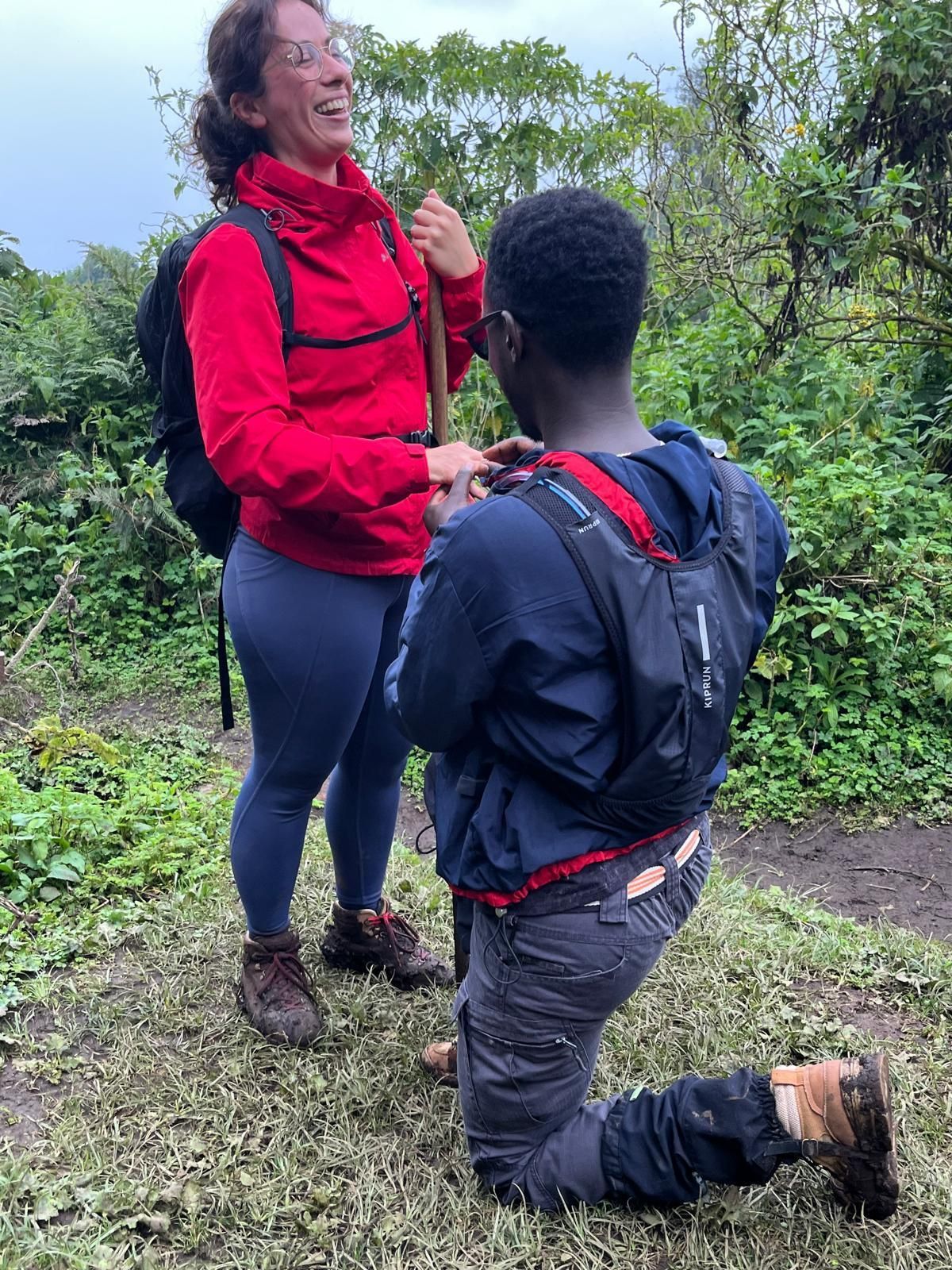
Pro Tip: Why Not Just Hike and Hope to See Gorillas Instead of Paying for a Permit?
You might be thinking: "Why not try my luck on a hike, and if I see gorillas, I've saved $1,500?"
Here's why that strategy doesn't work:
First: High season gorilla permits (June to September) are fully booked months in advance. This isn't a backup plan.
Second: Bumping into gorillas on a hike - even with kind guides who let you watch for a bit - is nothing like Rwanda gorilla trekking. During an actual trek, guides position you at the center of the gorilla family. You spend a full hour in absolute awe. It's not comparable.
Finally - and this is the most important point:
When you hike or trek gorillas, your money goes directly into conservation and supporting communities. Tourism is Rwanda's highest foreign exchange earner. This isn't just about your experience - it's about what makes these experiences possible in the first place.
The park is being extended right now. This is valuable land that could be used for agriculture. Local communities are sacrificing. The government is doing commendable work. Tour operators are making a decent living supporting conservation.
Your visit means everything.
Though you might not brag about supporting Rwandan communities during your visit, if you could afford that 4x4, go for it and support that tour operator too. What you will have done is helped conserve one of the most remarkable places and endangered species for future generations.
I hope this post has helped you navigate the Volcanoes National Park information gap that catches so many budget travelers.
Useful Links:
- Book your permit directly on Visit Rwanda: https://visitrwandabookings.rdb.rw/rdbportal/web/rdb
- Volcanoes National Park gorilla trekking packages: https://www.volcanoesnatpark.com
My next post will go into detail about hiking Mount Karisimbi - the information that's currently harder to find than a trip to the moon.
Catch you then.
